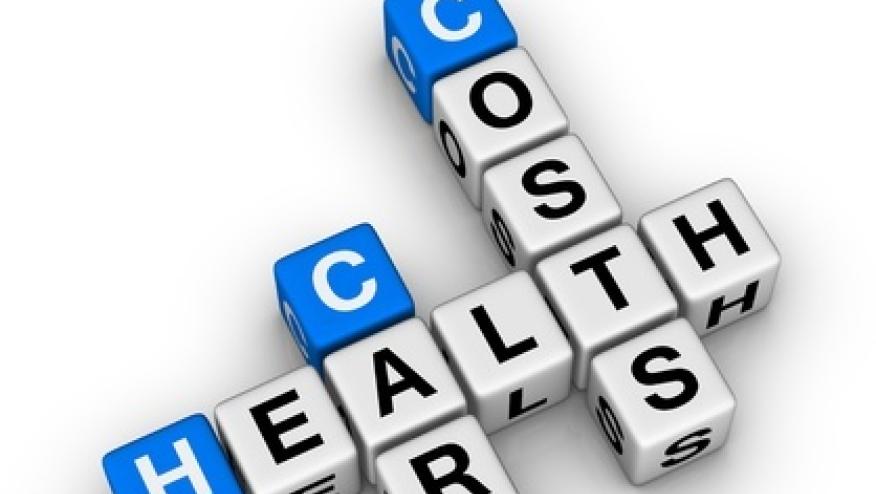Price of Drug Promotion Skyrockets Save

JAMA reports that health care advertising costs in the U.S. have almost doubled over the past two decades, surging from $17.7 billion in 1997 to at least $29.9 billion in 2016. (Citation source: https://buff.ly/2Rk8a9Q)
The study examined spending from 1997 through 2016 on medical marketing of drugs, disease awareness campaigns, health services, and laboratory testing.
They found that most of this is driven by spending on direct-to-consumer (DTC) advertisements for prescription drugs, which has increased from $2.1 billion to $9.6 billion.
DTC prescription drug advertising increased from $1.3 billion (79 000 ads) to $6 billion (4.6 million ads [including 663 000 TV commercials]), with a shift toward advertising high-cost biologics and cancer immunotherapies.
Disease awareness campaigns rose from 44 to 401 and in spending from $177 million to $430 million.
DTC advertising for health services increased from $542 million to $2.9 billion, with the largest spending increases by hospitals, dental centers, cancer centers, mental health and addiction clinics, and medical services (eg, home health).
DTC increases were less for laboratory tests (including genetic testing) - from $75.4 million to $82.6 million. Manufacturers of FDA-approved laboratory tests paid $12.9 million to professionals in 2016.
Marketing expenditures to health care professionals was greater than that spent on DTC; accounted for most promotional spending and increased from $15.6 billion to $20.3 billion, including:
- $5.6 billion for prescriber detailing
- $13.5 billion for free samples
- $979 million for direct physician payments (eg, speaking fees, meals) related to specific drugs
- $59 million for disease education.
From 1997 through 2016, the number of drug promotional materials submitted for FDA for review increased 3-fold (from 34182 to 97252), but during the same time frame FDA violation letters for misleading drug marketing decreased from 156 to 11.
Since 1997, 103 financial settlements between drug companies and federal and state governments resulted in more than $11 billion in fines for off-label or deceptive marketing practices.
Health spending in the U.S. is the highest in the world, totaling $3.3 trillion in 2016, or 17.8 percent of the gross domestic product. The marketing expenditures detailed in this study match the roughly $30 billion budget of the National Institutes of Health.
Despite new policies to limit industry influence, a substantial increase in drug marketing has occurred in the last 20 years, yet, regulatory oversight remains limited.









If you are a health practitioner, you may Login/Register to comment.
Due to the nature of these comment forums, only health practitioners are allowed to comment at this time.